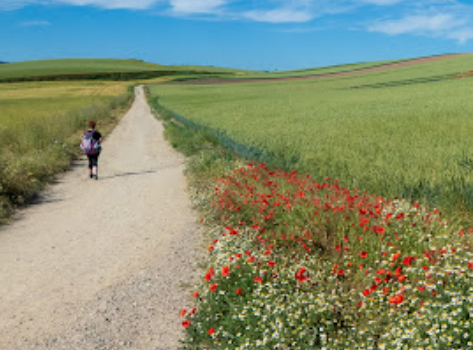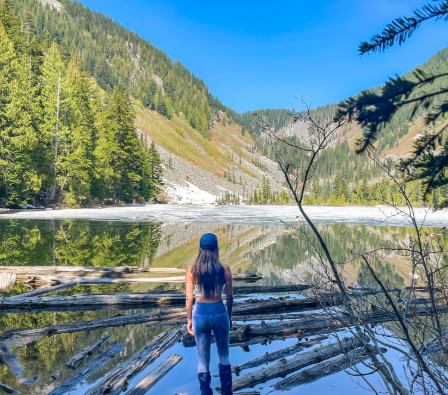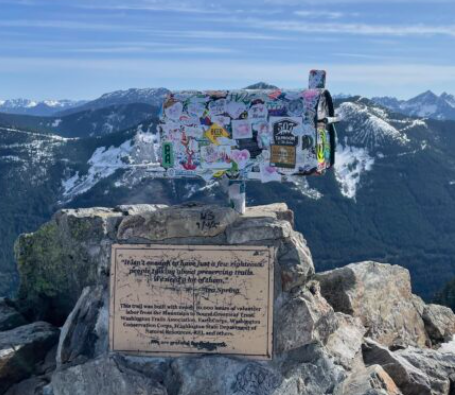
The Camino de Santiago is a legendary pilgrimage that stretches over 500 miles across Spain, and I embarked on this journey with a sense of curiosity and anticipation. I thought I knew what to expect, but as it turns out, the Camino was filled with surprises and moments of self-reflection that were both challenging and deeply rewarding.
The Camino: A Pilgrimage for All
The Camino de Santiago has been a pilgrimage for centuries, with roots dating back to the 9th century. Traditionally, it is a religious journey, but pilgrims from all walks of life, with various reasons for walking, are drawn to it. Whether for personal growth, spiritual reasons, or simply the desire to experience the landscapes of Spain, everyone’s journey is unique.
I went into this experience without a clear, specific reason, aside from seeking a physical challenge in a beautiful setting. Little did I know, this journey would end up being about so much more. The experiences I gained were not only physical but emotional and mental, too, and they unfolded in unexpected ways as I walked.
The Camino Routes: Which One to Choose?
The Camino offers several routes, each with its own character. The Camino Frances, the most popular route, is well-equipped with services, flatter terrain, and more pilgrims, making it the ideal option for those looking for a more traditional experience. However, I opted for the Camino del Norte, which offered less crowded paths, stunning coastal views, and a more physically demanding journey. After reaching the town of Oviedo, I chose to continue on the Camino Primitivo, a mountainous route with fewer services, more rugged landscapes, and a feeling of true hiking adventure. No matter the route, you will follow the signature yellow arrows that guide you to Santiago de Compostela, the final destination.
A Typical Day on the Camino
A day on the Camino follows a simple yet satisfying rhythm.
- 6:30 AM – The day begins with a chorus of alarms. A quick breakfast follows, usually something light like bread and coffee.
- 7:00 AM – Time to hit the trail. For the next few hours, I walk, sometimes listening to music or podcasts, other times simply enjoying the quiet of the morning.
- 9:00 AM – After a few miles, I stop for a coffee and breakfast at one of the small cafes that open early for pilgrims. A croissant or a tortilla española usually hits the spot.
- 10:00 AM – 2:00 PM – The bulk of the walk happens during these hours, with regular breaks for coffee, lunch, and just taking in the views. The mid-day heat can be intense, but walking along the coast or through forests provided refreshing moments.
- 3:00 PM – By the afternoon, I usually reach my albergue, check in, and enjoy a much-needed shower. Then comes laundry, preparing for the next day, and finally, some downtime before dinner.
- 5:00 PM – Waiting for dinner in Spain takes time, so I would often rest, chat with fellow pilgrims, or wander around the town.
- 7:30 PM – Dinner! I looked forward to the pilgrim’s menu, a simple but delicious affair that usually included bread, a first course, a main, dessert, and a drink.
- 10:00 PM – Bedtime! After a long day of walking, it’s time to recharge for the next leg of the journey.
Why I Walked
The decision to walk the Camino wasn’t an easy one, and for a long time, I wasn’t sure why I felt compelled to do it. There was no single moment of clarity, no grand epiphany. But as I walked, I found that the reasons for doing it began to evolve. At first, I sought solitude and physical challenge, hoping to walk alone and reflect. But the Camino had other plans, and I ended up forming lasting connections with fellow pilgrims. The experience became as much about the people I met as it was about the places I passed through.
Walking alone didn’t mean I was isolated. I could enjoy solitude and still engage with others when needed. There was an unspoken understanding among pilgrims that allowed us to walk our own pace and yet share the experience together. Whether walking side by side or in separate moments, we were all on the same path toward Santiago.
Challenges and Growth
While the Camino was filled with breathtaking views and unforgettable moments, it wasn’t always easy. The journey tested me physically and mentally, pushing me to confront moments of doubt, fatigue, and loneliness. There were days when my body ached, when the endless stretches of road felt like they would never end. There were also days filled with joy, laughter, and beautiful conversations with strangers who became friends.
One of the most significant lessons I learned was the importance of flexibility. The Camino demands adaptability, whether it’s adjusting your pace, accepting discomfort, or simply going with the flow when plans change. I learned to listen to my body, to embrace the highs and the lows, and to appreciate the simplicity of the walk. I discovered that sometimes, the most profound moments come in the midst of challenges.
Conclusion: A Journey Beyond the Physical
The Camino de Santiago wasn’t just a physical journey—it was a transformative experience that changed me in ways I didn’t expect. I walked 500 miles across Spain, but the true distance I covered was in my own growth. The journey taught me patience, humility, and the value of connection with others. While I went in looking for solitude and a challenge, I came out with so much more—a deeper appreciation for life, a sense of accomplishment, and a community of fellow pilgrims I will never forget.
If you’re considering the Camino, don’t be afraid to take the first step. It’s not just about walking from point A to point B; it’s about what you discover along the way, both on the road and within yourself.








